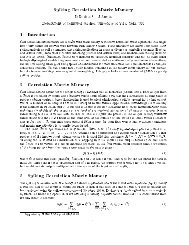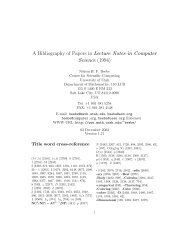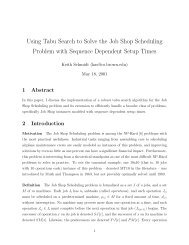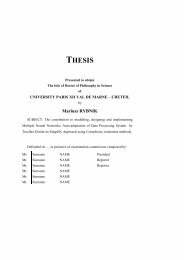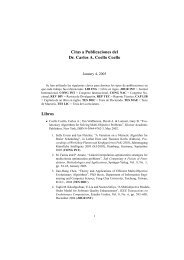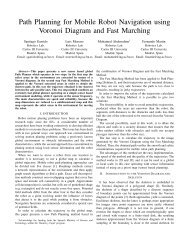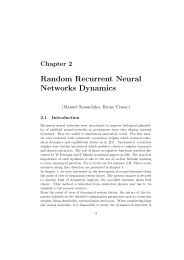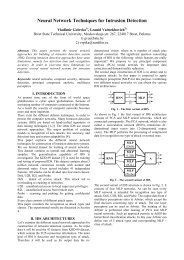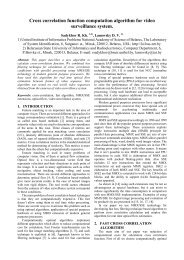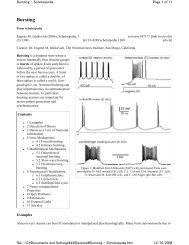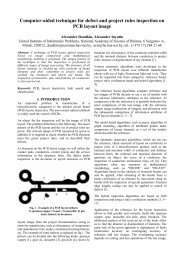NYT-1201: STATE OF THE ART A Thermostat That's Clever, Not ...
NYT-1201: STATE OF THE ART A Thermostat That's Clever, Not ...
NYT-1201: STATE OF THE ART A Thermostat That's Clever, Not ...
Create successful ePaper yourself
Turn your PDF publications into a flip-book with our unique Google optimized e-Paper software.
computer that can play “Jeopardy!” and beat two h<br />
uman champions earlier this year. I.B.M.’s clever<br />
machine consumes 85,000 watts of electricity, whil<br />
e the human brain runs on just 20 watts. “Evolutio<br />
n figured this out,” Dr. Kelly said.<br />
Several biologically inspired paths are being expl<br />
ored by computer scientists in universities and co<br />
rporate laboratories worldwide. But researchers fr<br />
om I.B.M. and four universities — Cornell, Columbi<br />
a, the University of Wisconsin, and the University<br />
of California, Merced — are engaged in a project<br />
that seems particularly intriguing.<br />
The project, a collaboration of computer scientist<br />
s and neuroscientists begun three years ago, has b<br />
een encouraging enough that in August it won a $21<br />
million round of government financing from the De<br />
fense Advanced Research Projects Agency, bringing<br />
the total to $41 million in three rounds. In recen<br />
t months, the team has developed prototype “neuros<br />
ynaptic” microprocessors, or chips that operate mo<br />
re like neurons and synapses than like conventiona<br />
l semiconductors.<br />
But since 2008, the project itself has evolved, be<br />
coming more focused, if not scaled back. Its exper<br />
ience suggests what designs, concepts and techniqu<br />
es might be usefully borrowed from biology to push<br />
the boundaries of computing, and what cannot be a<br />
pplied, or even understood.<br />
At the outset, Dharmendra S. Modha, the I.B.M. com<br />
puter scientist leading the project, described the<br />
research grandly as “the quest to engineer the mi<br />
nd by reverse-engineering the brain.” The project<br />
embarked on supercomputer simulations intended to<br />
equal the complexity of animal brains — a cat and<br />
then a monkey. In science blogs and online forums,<br />
some neuroscientists sharply criticized I.B.M. fo<br />
r what they regarded as exaggerated claims of what<br />
the project could achieve.



